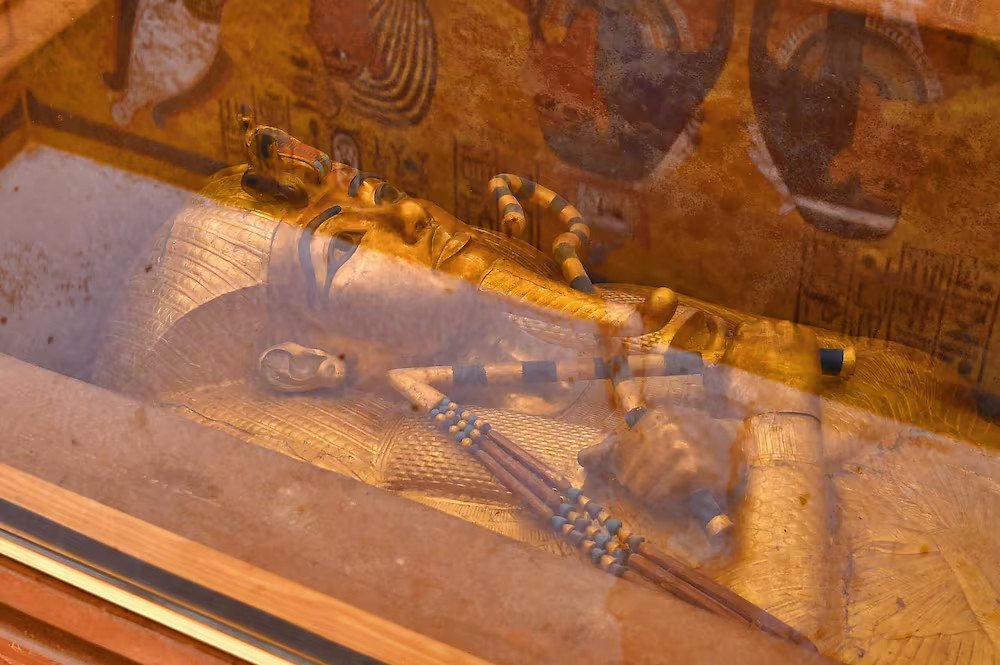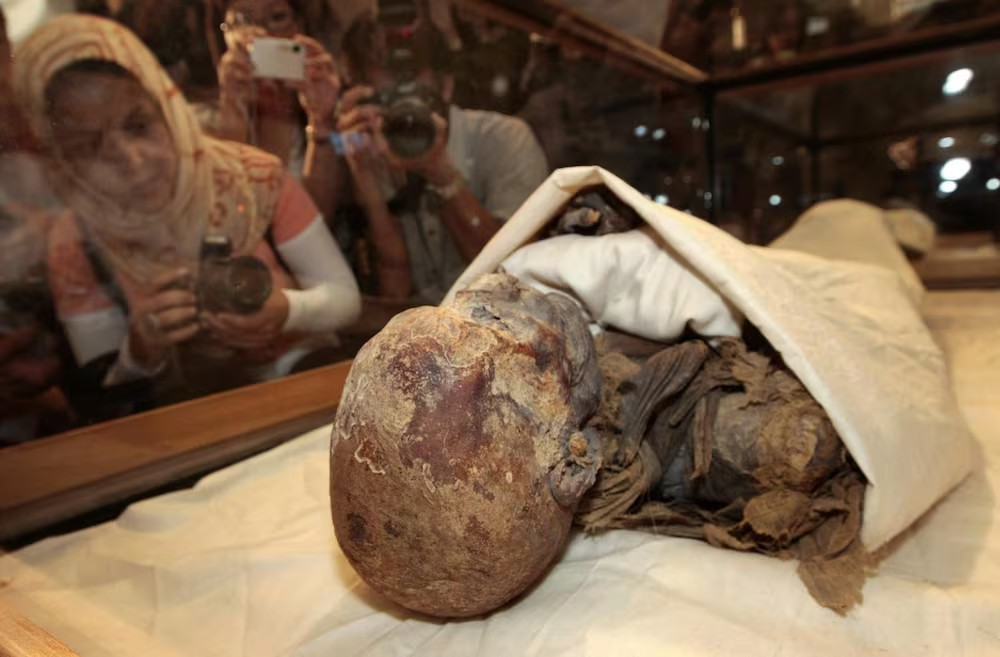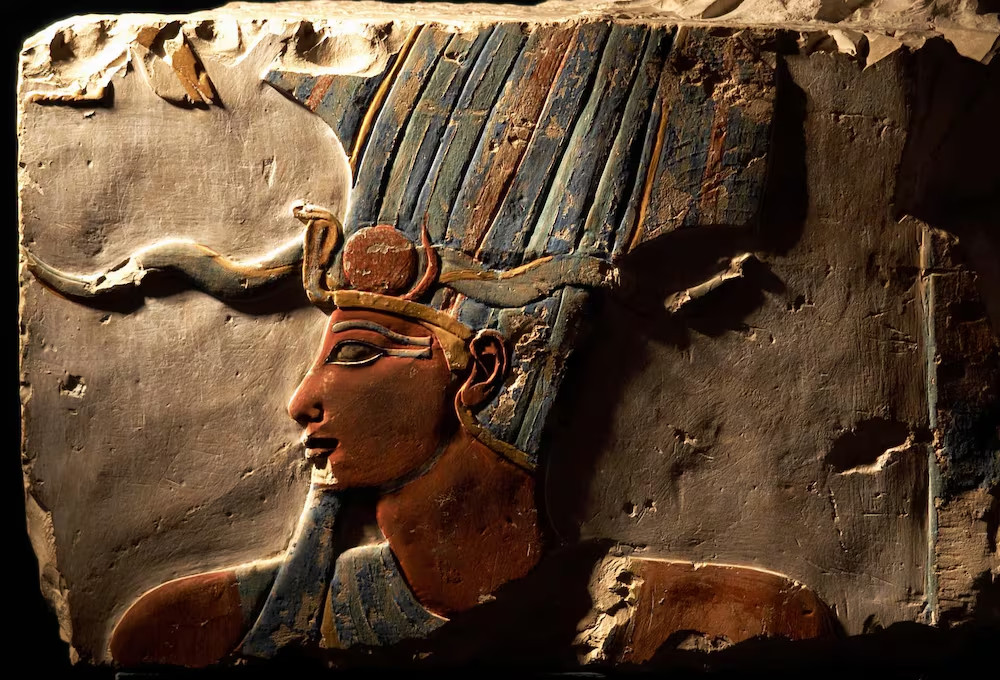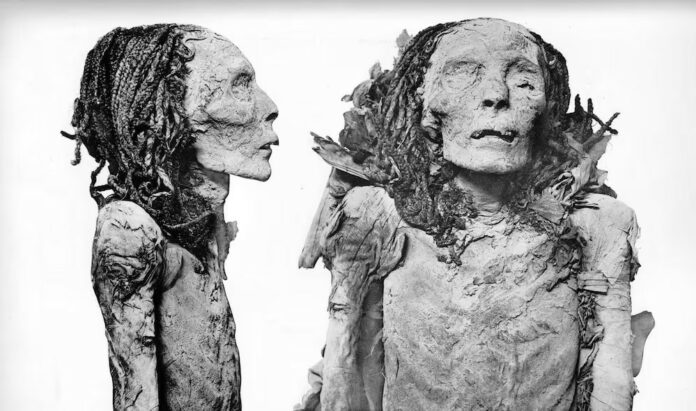This Saturday, the streets of Cairo will witness a spectacular event as 22 mummies of ancient Egyptian kings and queens are paraded from the Egyptian Museum to their new home at the National Egyptian Civilisation Museum in Fustat. This royal procession, known as the Pharaohs’ Golden Parade, marks the culmination of the Ministry of Antiquities’ efforts to revamp the display of its archaeological discoveries.
Renowned Mummies Discovered in Egypt
Over the past century, Egypt has unveiled some of the most famous mummies in the world, many of which were excavated from the Valley of the Kings in Luxor. Here, we delve into the stories of seven iconic mummies that have captured the world’s imagination.
Tutankhamun: The Boy King

In 1922, British archaeologist Howard Carter made a groundbreaking discovery when he unearthed the tomb of Tutankhamun. Despite evidence of grave robberies, the tomb was filled with ancient treasures, igniting a global fascination with Egyptology. Tutankhamun became pharaoh at the age of nine and ruled for approximately 10 years before his untimely death.
Hatshepsut: The Powerful Female Pharaoh

Hatshepsut, one of the most prominent female figures in Egyptian history, ruled as pharaoh for nearly two decades. She established new trade routes and undertook ambitious building projects. Although her sarcophagus was found empty, a molar tooth discovered in a wooden box bearing her name matched the gap in a mummy’s upper jaw, leading experts to believe they had found the lost queen.
Thutmose III: The Napoleon of Egypt

Thutmose III, the son of Thutmose II, emerged from the shadow of Hatshepsut to establish himself as a brilliant military strategist. He led successful campaigns and transformed Egypt into a conquering nation, earning him the title “Napoleon of Egypt.”
Seti I: Restorer of Egyptian Prestige

Seti I, a pharaoh of the New Kingdom 19th Dynasty, led his army to restore Egypt’s prestige. He engaged in battles, concluded peace treaties, fortified Egypt’s frontier, and oversaw the construction of the great Karnak temple. His tomb is considered the finest in the Valley of the Kings.
Ramesses II: The Great Pharaoh

Ramesses II, also known as Ramesses the Great, is one of the most well-known Egyptian pharaohs. He fought numerous battles, fathered over 100 children, and reigned for nearly 60 years. His mummy, discovered in 1881, was flown to Paris in 1974 for treatment and issued an Egyptian passport listing his occupation as “King (deceased).”
Meritamen: The Daughter and Great Royal Wife

Meritamen, both daughter and great royal wife of Ramesses the Great, held several prestigious titles and was buried in the Valley of the Queens. She is best known for her beautiful limestone statue, the White Queen, found at the Ramesseum temple complex.
Ahmose-Nefertari: Mother of a Dynasty

Ahmose-Nefertari, born during the 17th Dynasty, became the great royal wife of Ahmose I. She gave birth to at least three sons, including Amenhotep I, who succeeded his father to the throne. She was also the mother of two daughters who became royal wives.
As Egypt prepares for this historic procession, the world eagerly awaits the opportunity to glimpse these ancient rulers and unravel the mysteries surrounding their incredible lives.

